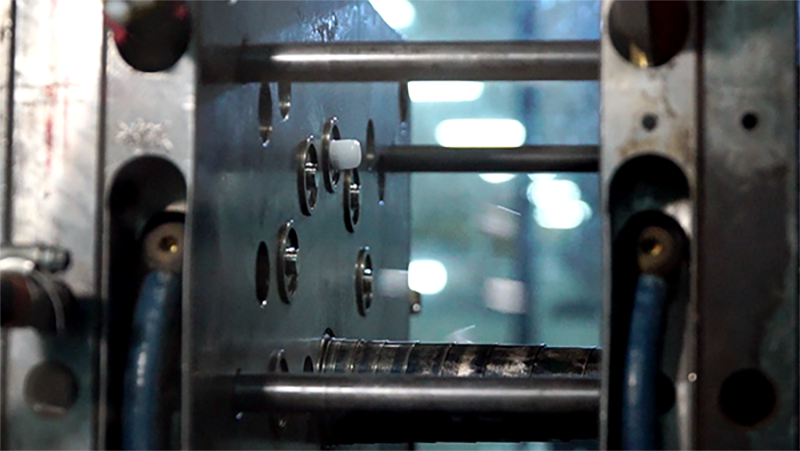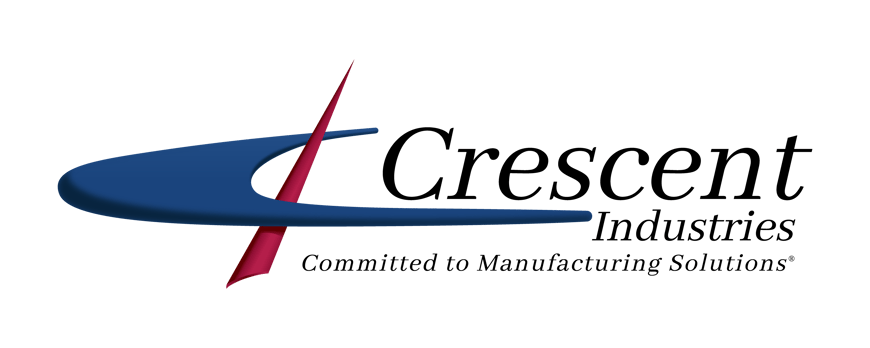
Understand Common Steels Used in Injection Mold Making
(Updated April 2019)
When it comes to injection mold making, choosing the right tool steel can make a huge difference. Making an incorrect choice can cause disasters that fly-in-the-face of many hard hours of work. For example, selecting the wrong tool steel for your injection mold can mean a cracked core or cavity, causing it to wear out long before it is expected to. To help avoid this problem, ask yourself these questions before making your tool steel choice:
- How many parts is the mold expected to produce?
- What is the desired surface finish of the molded part?
- Are there any shut offs that could wear?
- What cycle time is expected?
- Are there any long cores that there is no way of getting cooling into?
- Will there be thin steel areas vulnerable to cracking?
Common Injection Molding Steels
When in the process of considering which steel to choose for your injection molding process, there are generally two types to choose from: hardened steel and pre-hardened steel. The commonly used hardened tool steels will contain S-7, H-13, and 420 Stainless Steel, while the pre-hardened tool steels are comprised of P-20 and pre-hardened stainless steel. Additionally, specialty steels, such as Maraging 300, can be used due to their desired physical properties in thin areas. Below is some additional information about the most common steels used in injection molding.
- Pre-hardened steels are typically used for lower production tools. Many times, the mold plate is P-20 steel and the molding can be cut solid into the plates. Areas of the plate could be inserted with hard steel if needed for shut offs or wear surfaces.
- Hard stainless steel tooling, such as 420 stainless steel, is used to minimize corrosion, either from cooling channels or corrosive materials such as PVC. Stainless steel will crack quicker than other hardened steels and the thermal conductivity is not as good. Stainless steel will not hold a sharp edge. Stainless steel will be used for high quality surface finish needed to produce lenses and clear parts.
- H-13 and S-7 steels are tough materials. These materials hold up well to wear and constant pressures of injection and the mold closing. Special care must be taken for corrosion as water channels will rust in time.
- PAS940 is used for transferring heat. The material is not very hard so plating is sometimes used to add surface hardness.
- Maraging 300 is used for thin steel areas and strength and toughness.
Choosing The Right Steel is Cost Effective
While having proper materials inevitably improves the design, build, and repair processes for specialty injection mold making and timely product delivery, it often also saves both time and money. This is what keeps injection mold making able to remain competitive.
Mold makers and tooling specialists alike agree on the huge impact choosing the right materials can have. Each engineer has their own experience of the risks, factors to consider, and scope of results obtained when doing their evaluations of the success of their injection mold making processes. When it comes to tracking, maintenance costs, tooling - and when considering wear resistances, part geometry, cooling, and part stability - even cycle times - all of these considerations become essential.
Evaluations and materials results can differ from machine to machine and from process to process. Some major manufacturers will swear by the evaluation of their part geometry. They also consider the cycle time impact and the nuances of part stability from cooling processes and materials selections. Mold material impact is always reinforced with these outcomes and they also have a big impact when it comes to cooling and water channels.
In addition to tool steels - choosing the right materials for other aspects of your injection mold making processes also needs to be considered.
If you have any uncertainty at all about which choices to make when it comes to tooling steel, materials, or more efficient processes for your next injection molding project - be sure to contact Crescent Industries. Crescent Industries has been offering in-house tooling solutions for over 75 years with a specialization in building new tooling along with comprehensive maintenance, repairs, and revisions of existing tools to ensure the life of our customers tools. Our journeymen mold builders produce injection molds that provide cavity-to-cavity consistency and repeatability by utilizing high-speed CNC mills, die-sink EDM, and wire-sink EDM.
For additional information, please fill out the form below to get our white paper “10 Factors that Impact Injection Mold Costs”.
This article was composed of notes taken from posts on globalplasticinjectionmolding.com. Notes were also taken from the article: "Which Tool Steel is Right for Your Plastic Injection Mold?" Other notes were also taken from the article published in an issue of MoldMaking Technology, on October 12, 2012, called "Becoming a Master of Mold Material."
Topics:
Related Articles
-
Apr 10, 2025
How Are Injection Molds Made for Plastic Manufacturing?
Read MoreDo you have a part design and need an injection mold built? Are you interested in finding a tooling...
-
Sep 06, 2023
What is Plastic Injection Mold Tooling?
Read MoreInjection mold design gives you the ability to create parts with ease. You fill a mold designed to...
-
Nov 16, 2022
Project Management for Injection Molding Means Product Success
Read MoreThere’s a difference between project management and engineering management, and in the field of...

